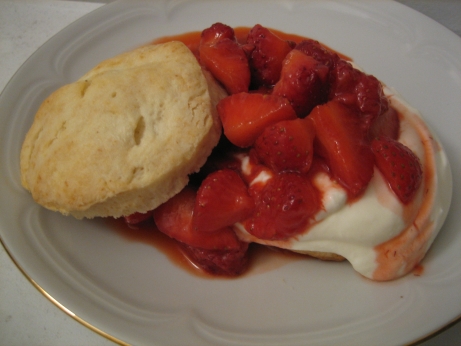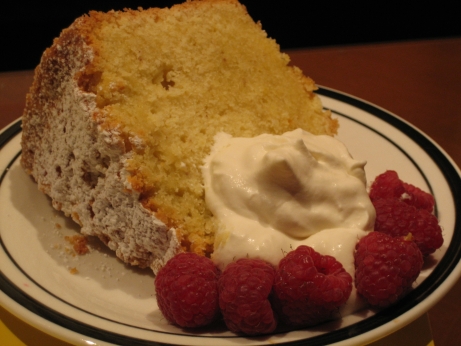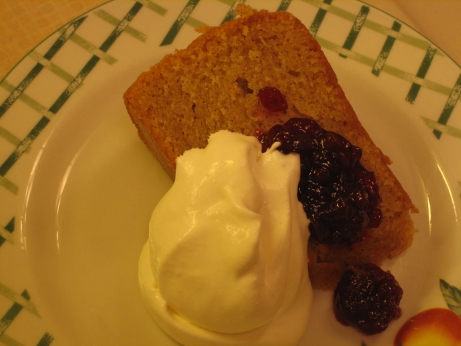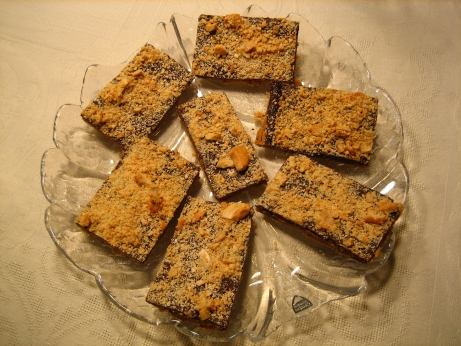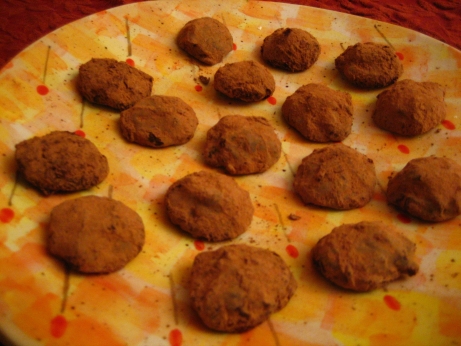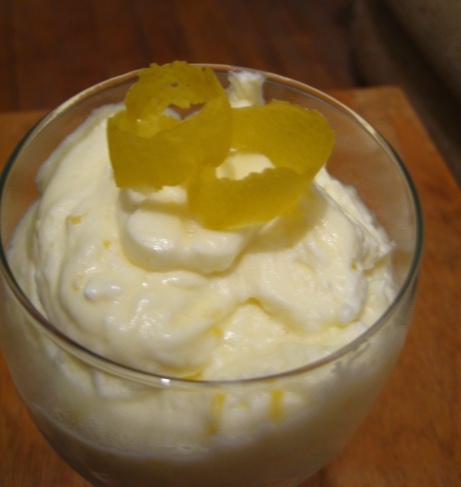
Unfortunately there’s no recipe for this available online.
This is the inaugural post for the Puddings, Custards, Mousses, and Soufflés chapter of the book. Part of my plan for this summer was to get around to working on this chapter, as well as the Frozen Desserts section. This recipe is the sum total of those efforts. It was very good, but there are still 75 recipes to go in those chapters, and I’ll have to do more than one per year if I’m ever going to finish this project.
The recipe starts by cooking lemon zest and juice together with egg yolks and sugar. Once the sugar is melted and the yolks tempered the mixture is taken off the heat and allowed to cool. The whites from the eggs are then beaten to stiff glossy peaks with cream of tartar and sugar. The meringue and cream, which has been stiffly beaten with confectioners sugar, are folded into the custard. The resulting mixture is then divided among parfait glasses. If you’re like me and don’t have parfait glasses, wine glasses make a perfectly elegant alternative. The glasses then go into the freezer for a couple of hours. Just before serving they’re topped with a bit of lemon zest.
I was very happy with this dish. I don’t eat a lot of frozen desserts, or desserts in general, but once in a while it’s a nice treat. We had a friend over for a summer barbecue, and it seemed like a nice occasion for a cooling dessert. The flavour was all clean clear lemon, it was bright and assertive with just enough sweetness to balance the acidity. I’m quite sensitive to over-sweet lemon dishes, and this one kept on the right side of the balance. The texture was the absolute highlight of this dessert though. Beating the egg whites and cream to very stiff peaks, and careful folding, allowed the dish to stay light and fluffy, but frozen. My dining companion described it as lemon scented air. It looked nice and substantial on the spoon, but melted quickly on the tongue, and practically disappeared before you swallowed. I loved that it left me with the a sense of cooling lemon freshness, without overwhelming me.
In general I like about three bites of ice cream for dessert, this dish whipped in so much air that those three bites managed to fill a whole glass. It was a lovely approach to dessert, focusing on flavour and texture over richness and substance. What a great kick off to this most vexing of chapters.
